Fifteen Aussie inventions that changed the world
WE’RE an innovative lot — it comes with the multi-tasking required to wrestle sharks and slip-slop-slap concurrently — so let’s salute 15 wonders other countries thank Australia for every day (not so sure about the crease thing).
WE’RE an innovative lot — comes with the multi-tasking required to wrestle sharks and slip-slop-slap concurrently — so let’s salute 15 things the world thanks Australia for every day (not so sure about the crease thing).
And now we’ve come up with a bionic eye that could change life for millions of blind people. The groundbreaking project has earned $500,000 in government funding and trials will follow before a larger test is put in place. In the meantime, let’s hear it for …
BLACK BOX FLIGHT RECORDER

After plenty of prototype work in France and the UK, things really came together for post-crash data gathering when Australian engineer David Warren conceived a device that would record not just plane instrument readings but cockpit voices, building his first crack at it five years later.
ELECTRONIC PACEMAKER
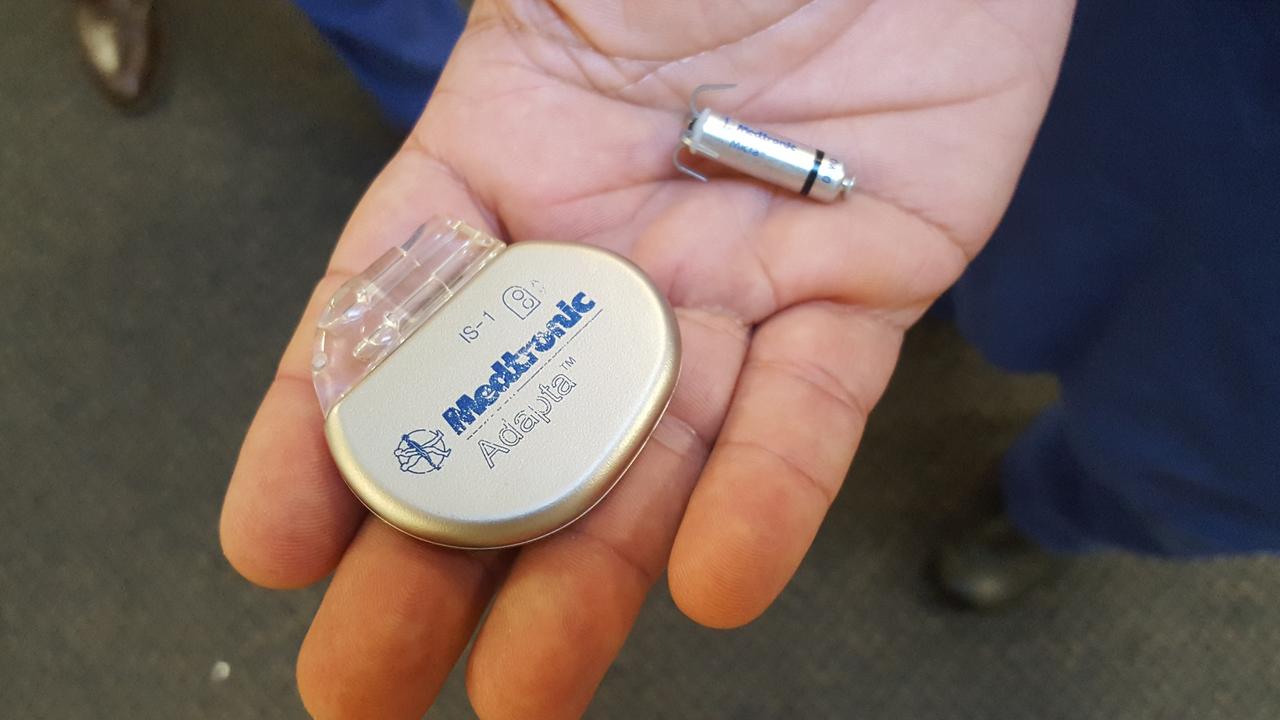
Cardiology pioneer Mark Lidwell, supported by Sydney Uni physicist Edgar Booth, was at Royal Prince Alfred in 1926 when they whipped up a portable apparatuses which “plugged into a lighting point”. One pole of the thing was dunked in “strong salt solution” and another “plunged into the appropriate cardiac chamber”. Two years later, the machine revived a stillborn infant at Crown Street Women’s Hospital after 10 minutes of stimulation. (A bolt of lightning and Franken-baby was born!)
MEDICAL APPLICATION OF PENICILLIN
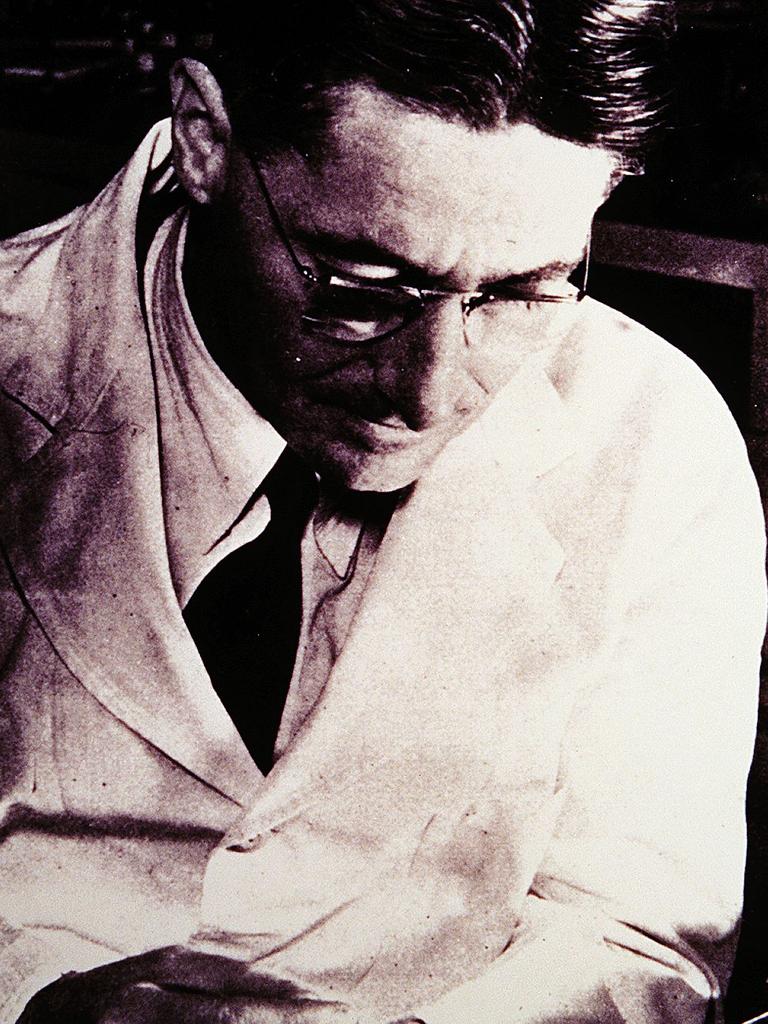
No, not the stuff that grows on your flatmate’s mass of tangled hair they’ve left on the bath after pulling it from the plughole last Christmas, but something which has saved millions of lives. Discovered but put aside by a Scottish scientist, penicillin was brought into public life by a team led by Australian Howard Florey. He made it onto the old $50 note. And for a bloke whose work saved so many, he became a fervent believer in population control. Being allergic to this is basically unpatriotic.
POLYMER BANK NOTES

Probably because so many of our early colonial citizens were Pommy counterfeiters, this is deliciously ironic. Boffins from CSIRO, Melbourne and of course the Reserve Bank tinkered with these as long ago as 1988, and the idea has since cottoned on everywhere, but Aussies were the first to battle with BOPP (biaxially oriented polypropylene).
COCHLEAR IMPLANT (BIONIC EAR)
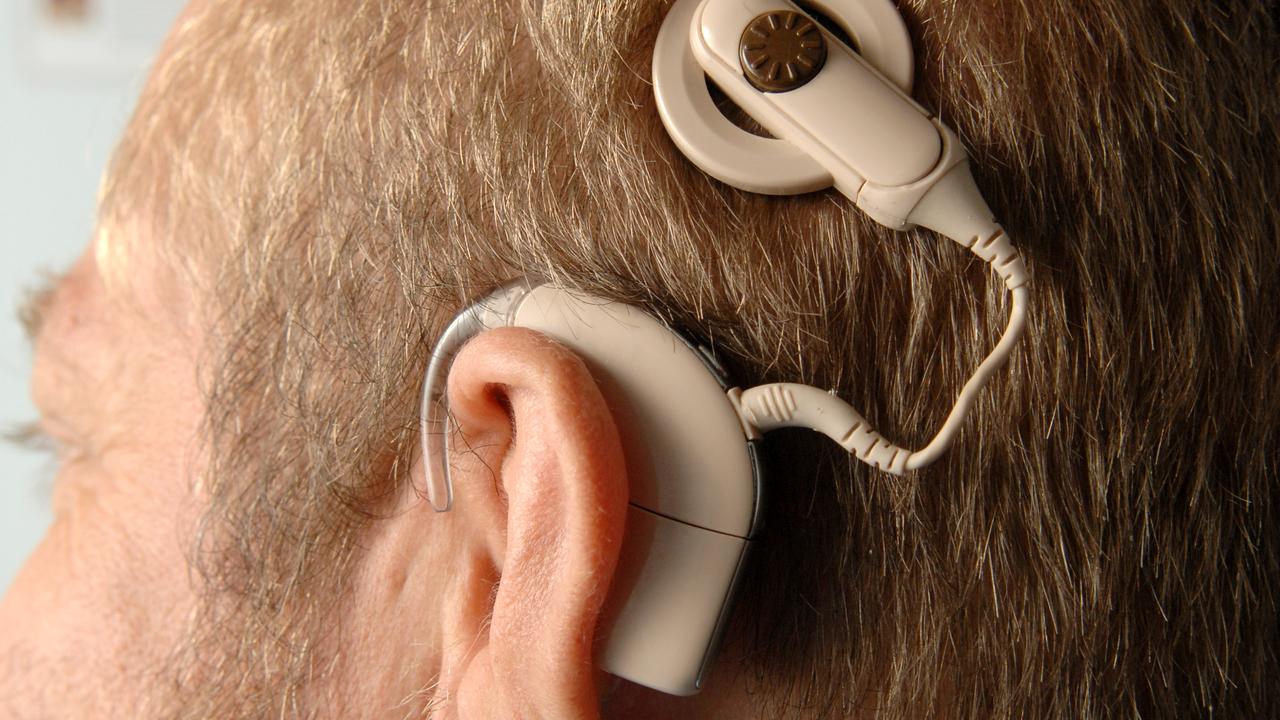
We’re clearly going bionic one sense at a time. To be fair, early work was done elsewhere for Australians to perfect :-) In this case, the modern multichannel implant was independently developed and prepared for sale by Camden-born Graeme Clark, a professor of otolaryngology who first popped one into someone’s head in 1978.
ELECTRIC DRILL
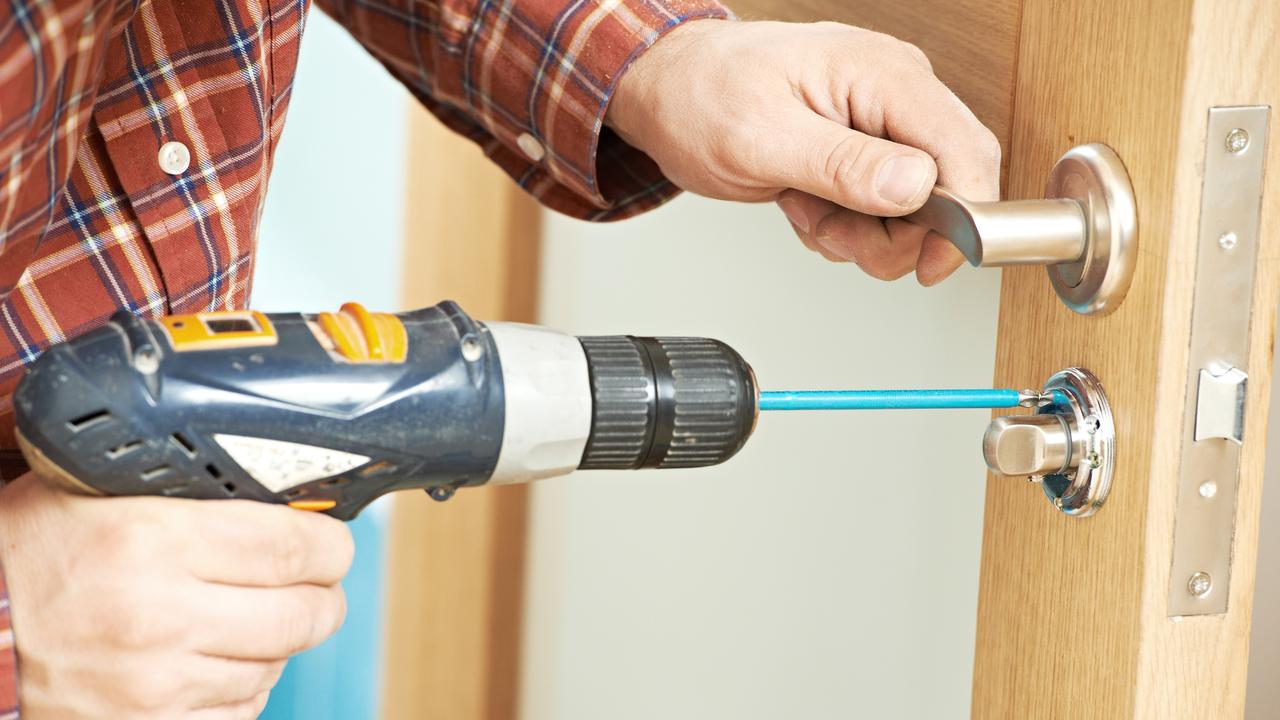
Okay, he was born in Scotland (another place where inventors are vastly over-represented per head of population), but Arthur Arnott brought his Glasgow education to our shores in 1889 and soon after patented this invaluable bit of tradie kit while at the same time building the power plant in Spencer St, Melbourne, which hasn’t lasted as long, torn down in recent years for a block of flats.
WINGED KEEL
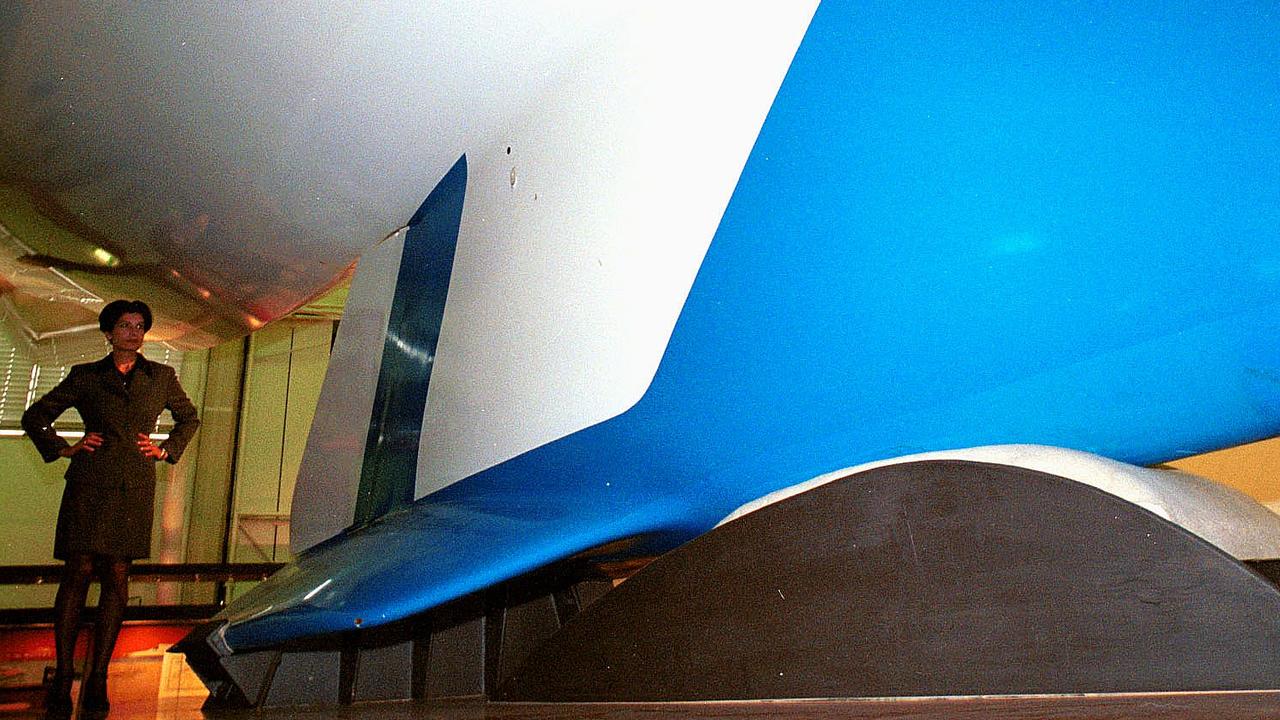
Shrouded in secrecy and banged on quickly that morning with nails bought from Fremantle Bunno’s (probably), this made its first appearance on the America’s Cup-winning Australia II, in which our rich blokes beat their rich blokes in a contest nobody had previously given a gold-plated mizzen mast about. Anyone who points out there is ample evidence that is was conceived, proposed and designed by a Dutch aerodynamicist is a bum.
WI-FI TECHNOLOGY
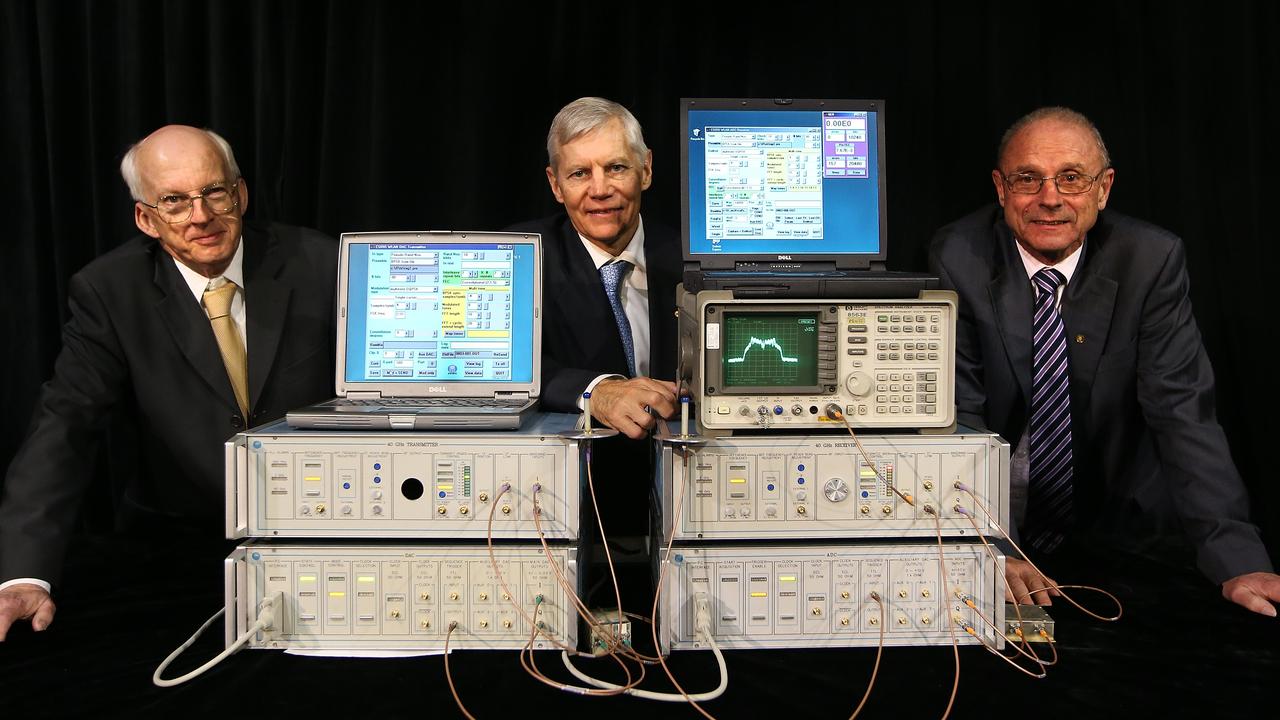
It’s not a technology for wireless local area networking with devices based on the IEEE 802.11 standards; it’s something for kids around the globe to pester their parents about. In the mid-90s, radio astronomer Dr John O’Sullivan and his team of four others developed a key patent in Wi-Fi after a “failed experiment to detect exploding mini black holes the size of an atomic particle”. Hence the saying “from little things, big things glow”.
ULTRASOUND SCANNER

Probably quite rightly, 1950s folks were worried about zapping pregnant women with multiple X-rays to check on the unborn. Early the next decade, there were a few alternatives using soundwaves, but an Australian version of ultrasound tech was found to be best in terms of clarity and commercial practicality. Every emotional parent-to-be who has since gasped at the first images of their Henry or Henrietta having an amniotic wriggle has ultrasonic experts David Robinson and George Kossoff to thank.
PERMANENT CREASE CLOTHING

Who’d have thought you could permanently crease a pair of trousers or a skirt by chemically altering the make-up of fabric? Arthur Farnworth and his colleagues at the CSIRO division of textile industry in Geelong in 1957, that’s who.
INFLATABLE ESCAPE SLIDE AND RAFT
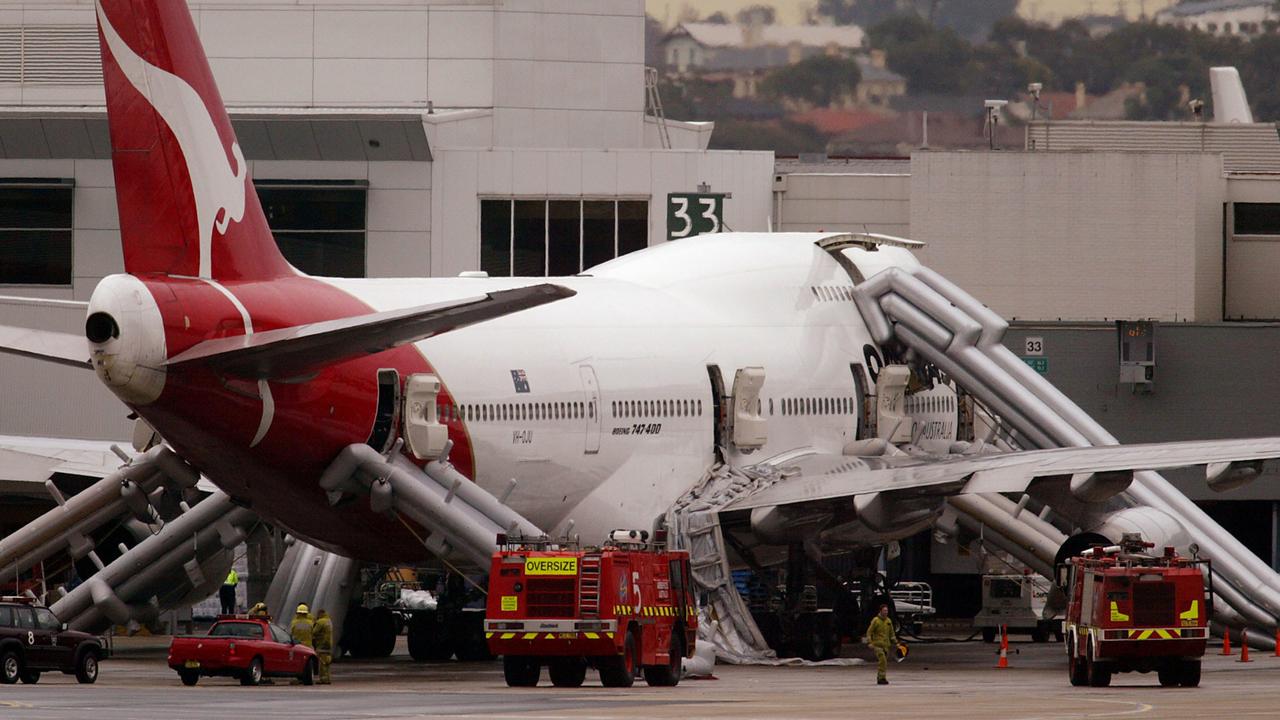
Not only have they never crashed and therefore never needed one, but Qantas came up with the slide raft that lets passengers slip easily off a plane in 1965. Well, their operations safety superintendent Jack Grant did. And he was awarded the Cumberbatch Trophy by the Guild of Air Pilots and Air Navigators 10 years later for it.
GARDASIL AND CERVARIX CANCER VACCINES
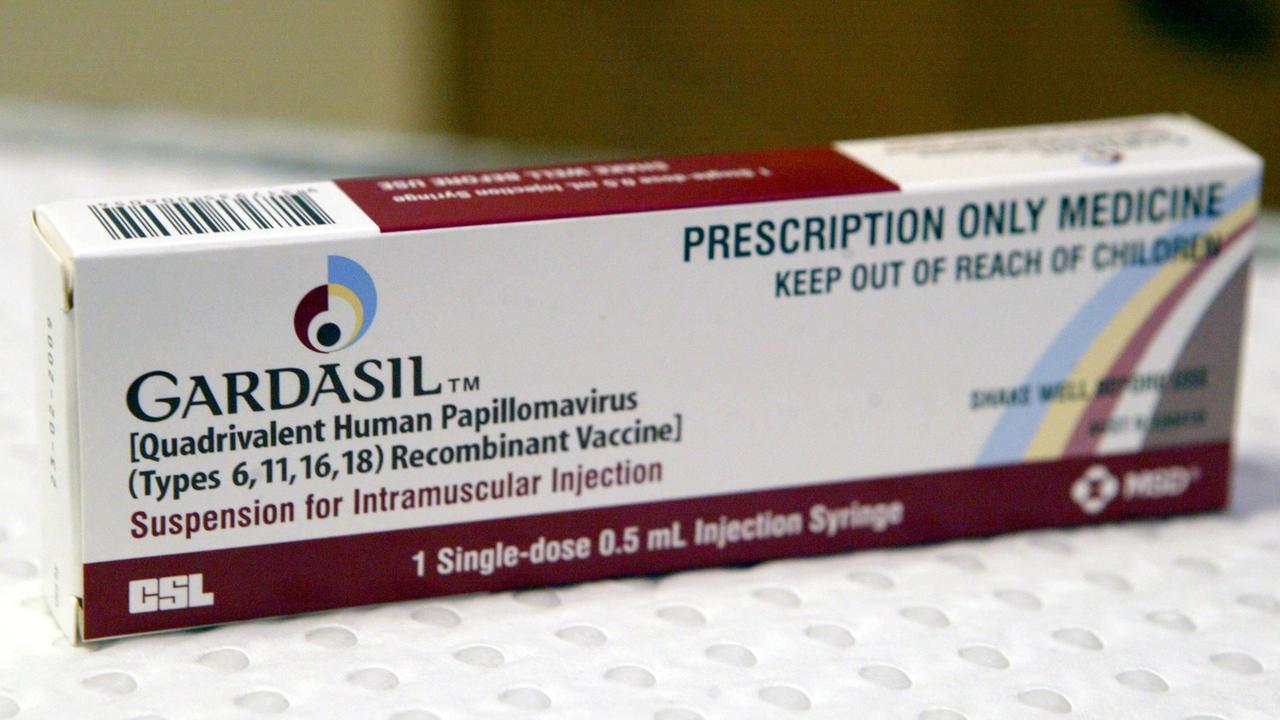
Both vaccines came about through work by Jian Zhou and Ian Frazer at University of Queensland in 1991. Future generations of cervical cancer-free women are forever grateful.
HILLS HOIST
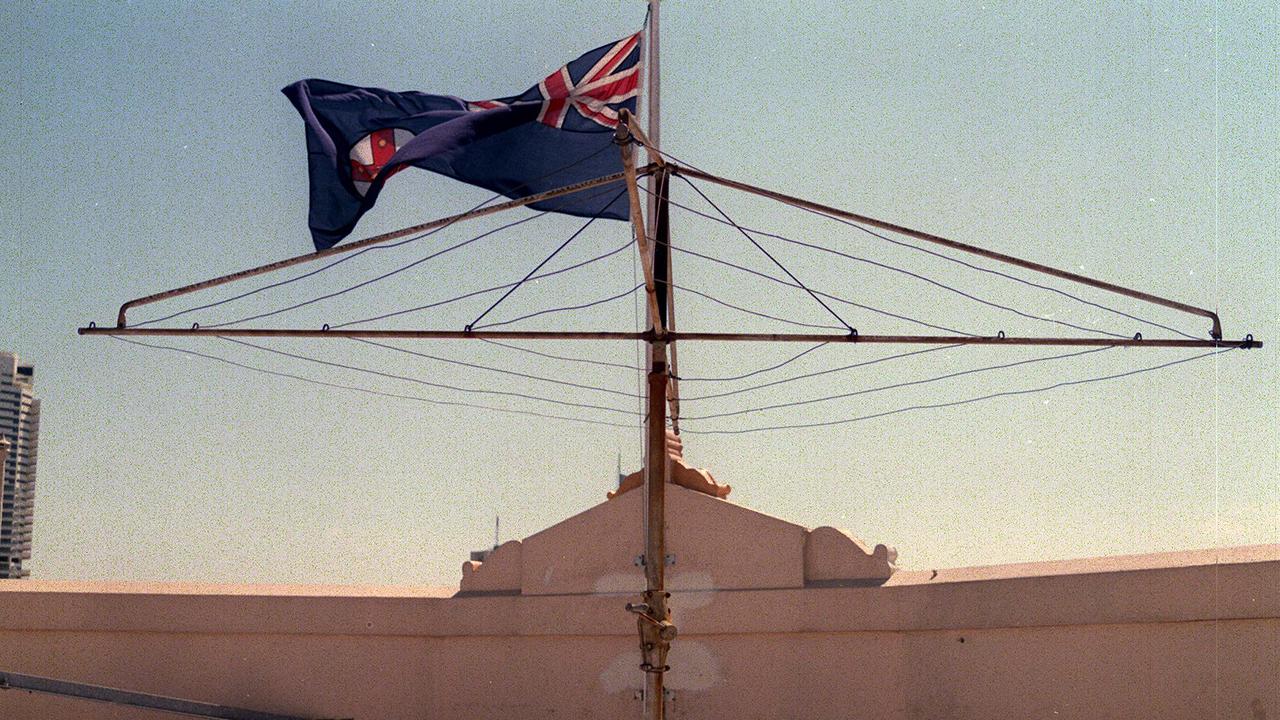
If you could calculate the total weight of clothing ever dried on these ingenious implements, it would come nowhere the total weight of kids who have swung from them. Disappearing as fast as the grass and wonky concrete that supports them in backyards quickly being taken over by battle-axe blocks and granny flats, it is as much metaphoric as practical.
WINE CASK
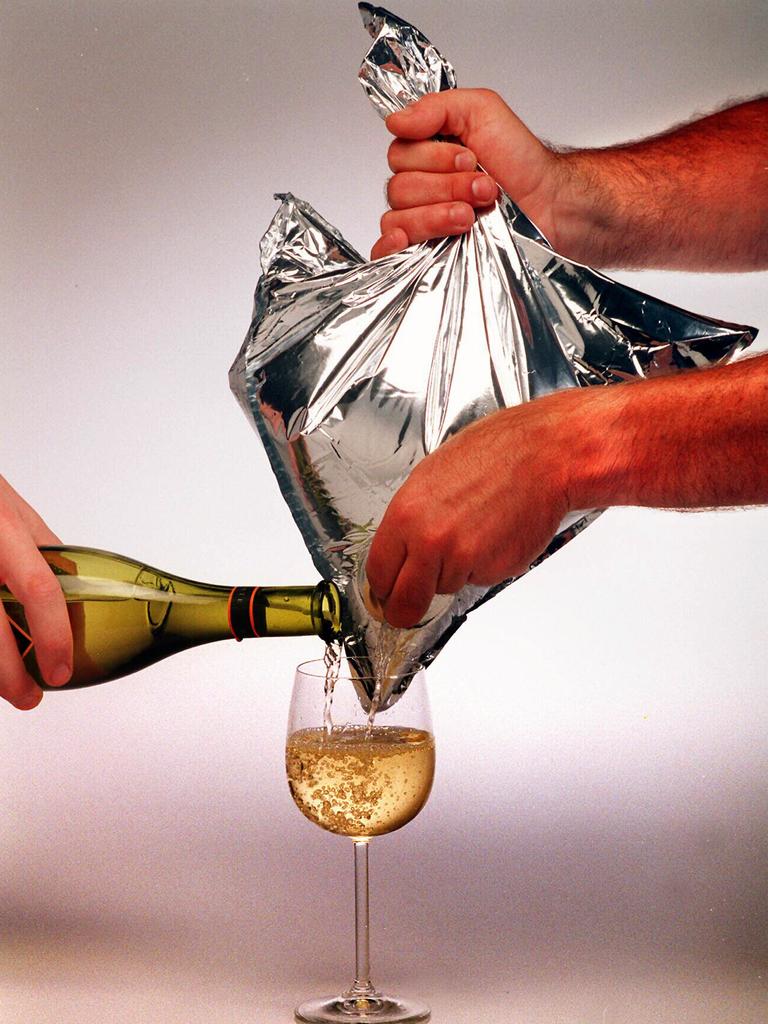
What would we be with the Dapto* handbag? Bloody thirsty, that’s what. The original 1965 design was based on a product already on the market which mechanics used to carry battery acid, which may explain the quality of some of the fermented grape juice borne since. (*Substitute with favourite/nearest high-society suburb.)
VEGEMITE
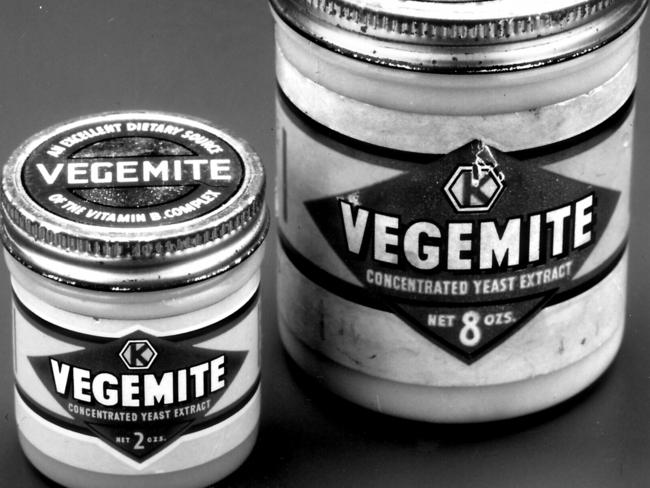
The best saved ‘til last. And probably the most polarising. Because if you can’t split the world into pro and anti camps with an overly salted breadspread which began as an exercise in recycling, why bother? Reviled and adored in equal measure, its placement or otherwise in any given Aussie house could easily replace any national citizenship test. We’re joking, of course. So saline they were going to call it King Neptune Spit. Joking again. Use it for anything except cluttering up the fridge.
Originally published as Fifteen Aussie inventions that changed the world



